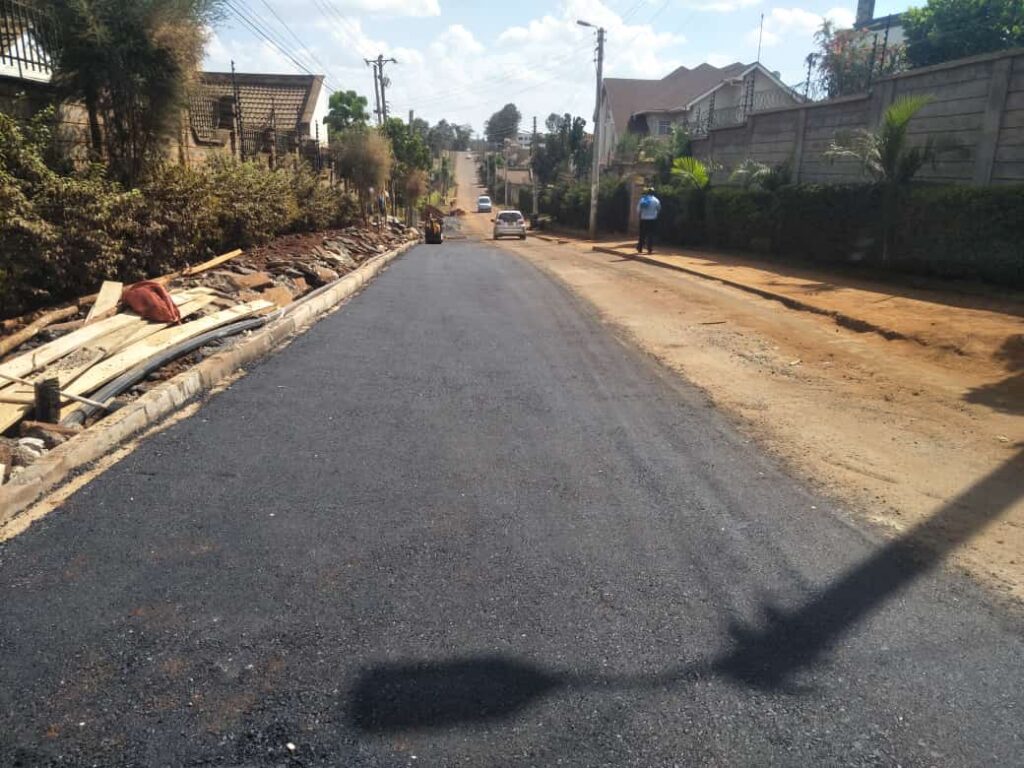
The construction of roads in Kenya involves several stages and processes, including planning, design, financing, and construction. The exact methods and materials used can vary depending on the type of road, its location, and its intended use. Here is an overview of how roads are typically constructed in Kenya:
- Planning and Feasibility Study:
- Road construction projects in Kenya begin with a comprehensive planning and feasibility study. This stage involves identifying the need for a new road or the improvement of an existing one. Factors like traffic volume, economic benefits, and environmental impact are considered.
- Design and Engineering:
- Once the need is established, engineers and designers create detailed plans and specifications for the road. This includes determining the road’s alignment, width, pavement type, and drainage systems.
- Geotechnical studies assess the soil and rock conditions to ensure the road’s stability and durability.
- Environmental and Social Impact Assessment:
- Environmental and social impact assessments are conducted to evaluate and mitigate potential adverse effects on the environment and local communities. This includes addressing issues related to land acquisition and resettlement, if necessary.
- Financing:
- Road construction projects in Kenya are funded through a combination of sources, including government budgets, loans, grants, and public-private partnerships (PPPs).
- Tendering and Contracting:
- The government or relevant authority issues tenders for the construction of the road. Construction contracts are awarded to qualified construction companies through a competitive bidding process.
- Construction:
- The construction phase involves several key activities, including:
- Site Preparation: Clearing the construction site of vegetation and any existing structures.
- Earthworks: Excavating and grading the roadbed to the required elevation and alignment.
- Pavement Construction: Building the road surface using materials like asphalt (bitumen) or concrete. The choice of pavement material depends on factors such as traffic load and budget.
- Drainage Installation: Installing drainage systems, including culverts, stormwater drains, and ditches, to manage rainwater runoff.
- Bridges and Structures: If the road crosses rivers or valleys, bridges and other structures are constructed.
- Road Markings and Signage: Markings and signs are added to guide and regulate traffic.
- Landscaping and Beautification: Landscaping and planting are often done to enhance the road’s aesthetics.
- The construction phase involves several key activities, including:
- Quality Control and Inspection:
- Engineers and quality control teams monitor the construction process to ensure that the road meets the design and quality standards.
- Maintenance and Operation:
- Once the road is completed, it is handed over to the relevant authority responsible for maintenance and operation. Regular maintenance is essential to preserve the road’s condition and safety.
- Monitoring and Evaluation:
- Ongoing monitoring and evaluation assess the road’s performance and identify any necessary repairs or improvements.
It’s important to note that Kenya has an extensive network of roads, ranging from major highways to rural and urban roads, and the construction methods and standards can vary accordingly. Additionally, Kenya has been investing in improving its road infrastructure in recent years to enhance connectivity, trade, and economic development. The construction and maintenance of roads in Kenya involve collaboration among government agencies, private contractors, and various stakeholders to ensure successful and sustainable road development.